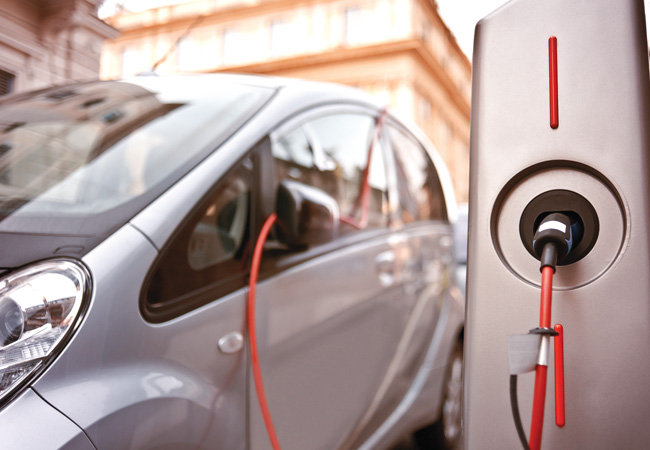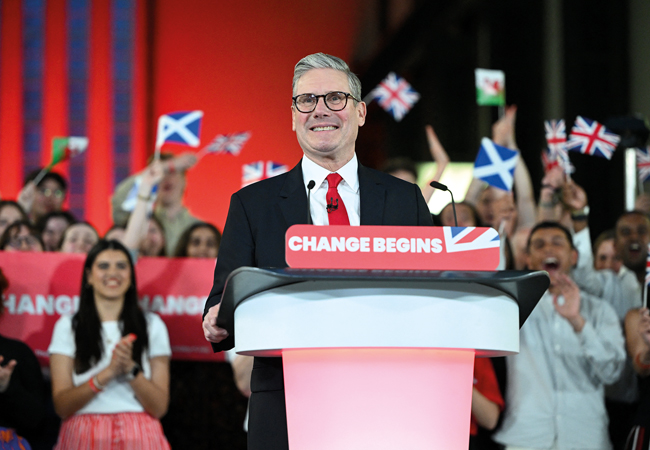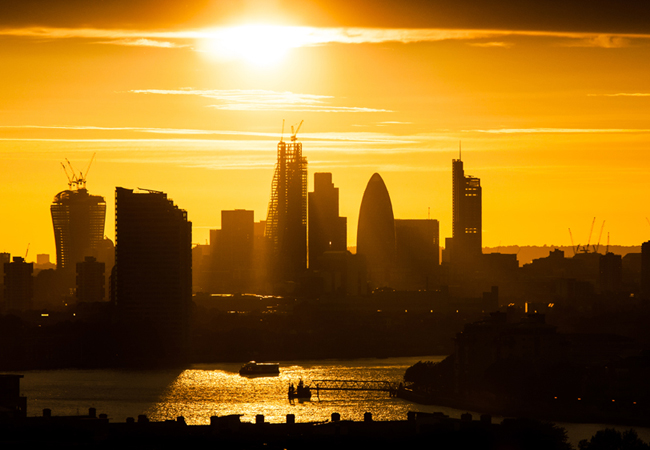
Credit: iStock
The government is aiming to create 250,000 green jobs to support the UK’s net-zero carbon target.
Prime Minister Boris Johnson set out a ten-point plan last month for what he called a green industrial revolution. This included a target to install 600,000 heat pumps a year in homes by 2028, and investment of up to £500m in hydrogen, to be spent on production facilities and trialling homes using hydrogen for heating and cooking.
The plan makes commitments to quadruple offshore wind, upgrade infrastructure to support electric cars and remove millions of tons of carbon dioxide through investment in carbon capture.
CIBSE broadly welcomed the plan and said that it covered four of the five investment priorities highlighted by the Committee on Climate Change: low carbon retrofit; energy infrastructure; low carbon modes of transport; and investing in nature.
However, CIBSE said the plan offered ‘far too little on buildings’ and, in particular, on demand reduction and energy efficiency. It called for more detail on the policy and said strong governance was needed, especially on the natural environment. It added that urgent progress on the Environment Bill was needed to ensure there was no policy gap at the end of the Brexit transition period.
Johnson also announced an extension of the Green Homes Grant to 2022, which CIBSE also welcomed. However, it said that timescales for the current funding pot must also be extended.
To ensure good-quality retrofit, CIBSE said that PAS 2035: Retrofitting dwellings should be required for projects using Green Homes Grants. ‘Public funds on this scale must seek to return as much value as possible,’ added CIBSE, ‘ensuring quality, evaluating post-project performance, and building the supply chain for later, larger programmes.’
The ten-point plan
- Offshore wind: quadrupling how much we produce to 40GW by 2030, supporting up to 60,000 jobs
- Hydrogen: generate 5GW of low carbon hydrogen production capacity by 2030
- Nuclear: continue large-scale plants and develop small and advanced reactors, supporting 10,000 jobs
- Electric vehicles: upgrade national infrastructure to better support electric vehicles
- Transport: make cycling and walking more attractive and invest in zero-emission public transport
- Jet Zero and greener maritime: aim for zero emission planes and ships
- Homes and public buildings: create 50,000 jobs and install 600,000 heat pumps every year by 2028
- Carbon capture: remove 10MT of carbon dioxide by 2030
- Nature: plant 30,000 hectares of trees every year
- Innovation and finance: make City of London the global centre of green finance.




